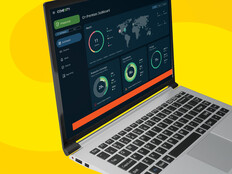2. Why Would I Want Edge Computing?
It’s a tool to use when facing application performance issues related to bandwidth or latency. For example, if you’re deploying a web service that may have thousands or millions of simultaneous users, edge computing tools can move static data closer to end users and provide faster page loading.
If you’re generating data at an incredible rate, it may be more cost-effective to process that data closer to where it is being generated at the edge of the network before sending a subset to a larger cloud data center.
3. Edge Computing Sounds Complicated. Is It?
It depends. If you’re throwing a content distribution network into an existing web application, edge takes little work and offers immediate benefits. Taming the bandwidth requirements of Internet of Things devices adds more complexity, plus additional costs. Balancing costs against bandwidth savings and user experience is key to the decision.
LEARN MORE: Artificial intelligence enhances edge computing.
4. How Does Edge Computing Affect Security?
Additional complexity and processing hardware in the field tend to reduce security, but edge computing offers the opportunity to add strong encryption and better secure data coming from Internet of Things devices.
Any edge computing initiative should include a thorough review of the physical and management security of every device in the field. It’s best to apply data center best practices to edge devices in areas such as passwords, management configuration, monitoring and auditing, and restricted access.
5. Does Edge Computing Contradict the Federal Cloud Smart Strategy?
Edge computing is one reason why Cloud First, the original version of the policy, evolved into Cloud Smart in 2018; sometimes moving everything to the cloud is not the best answer. Applying edge computing strategically is completely compatible with Cloud Smart.











